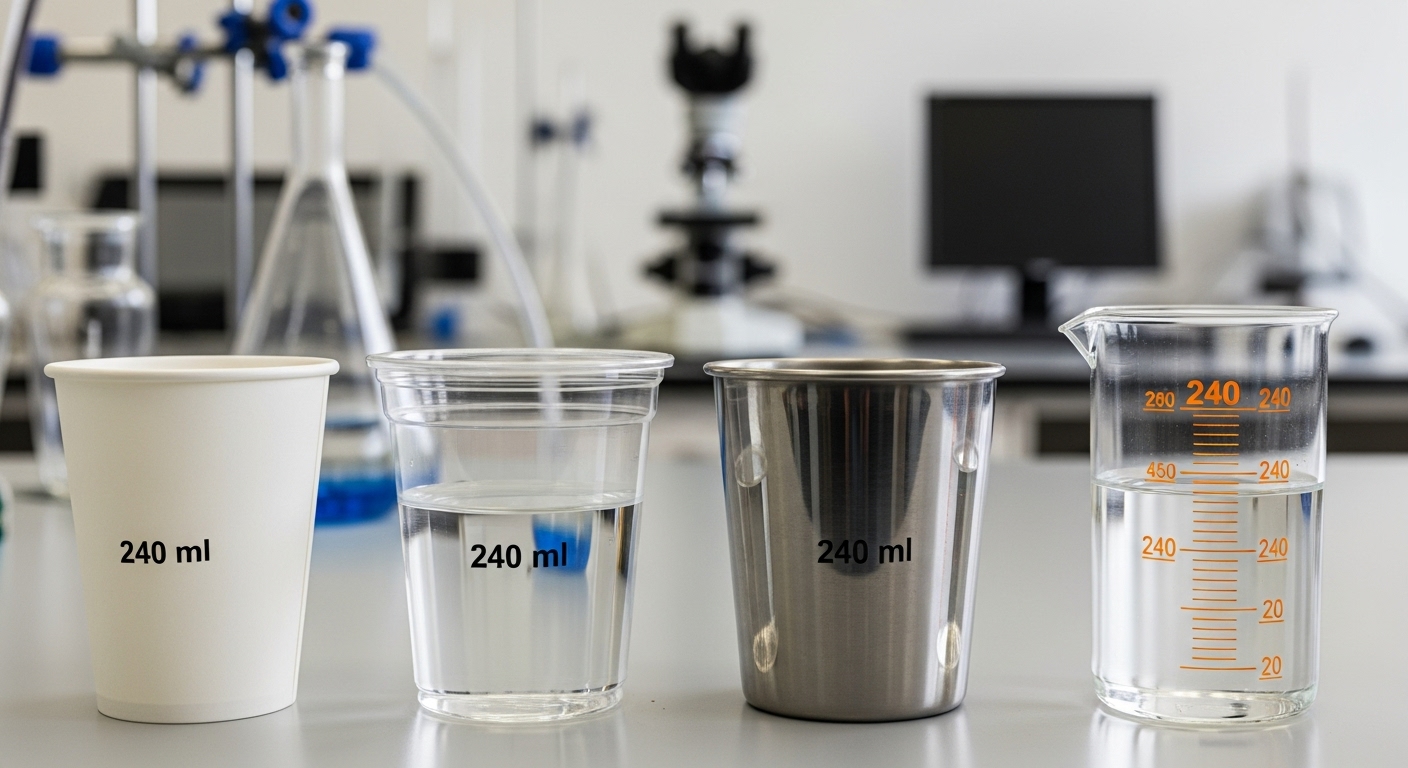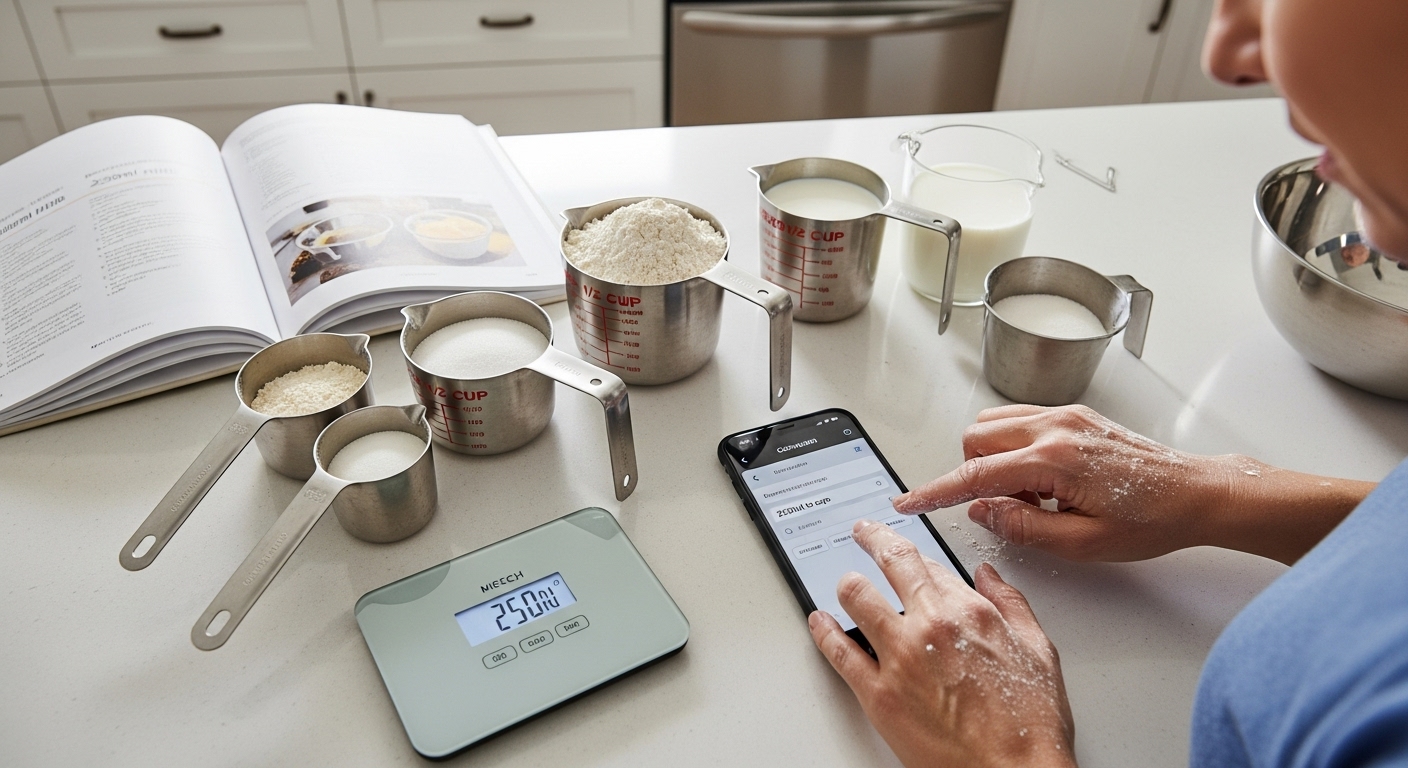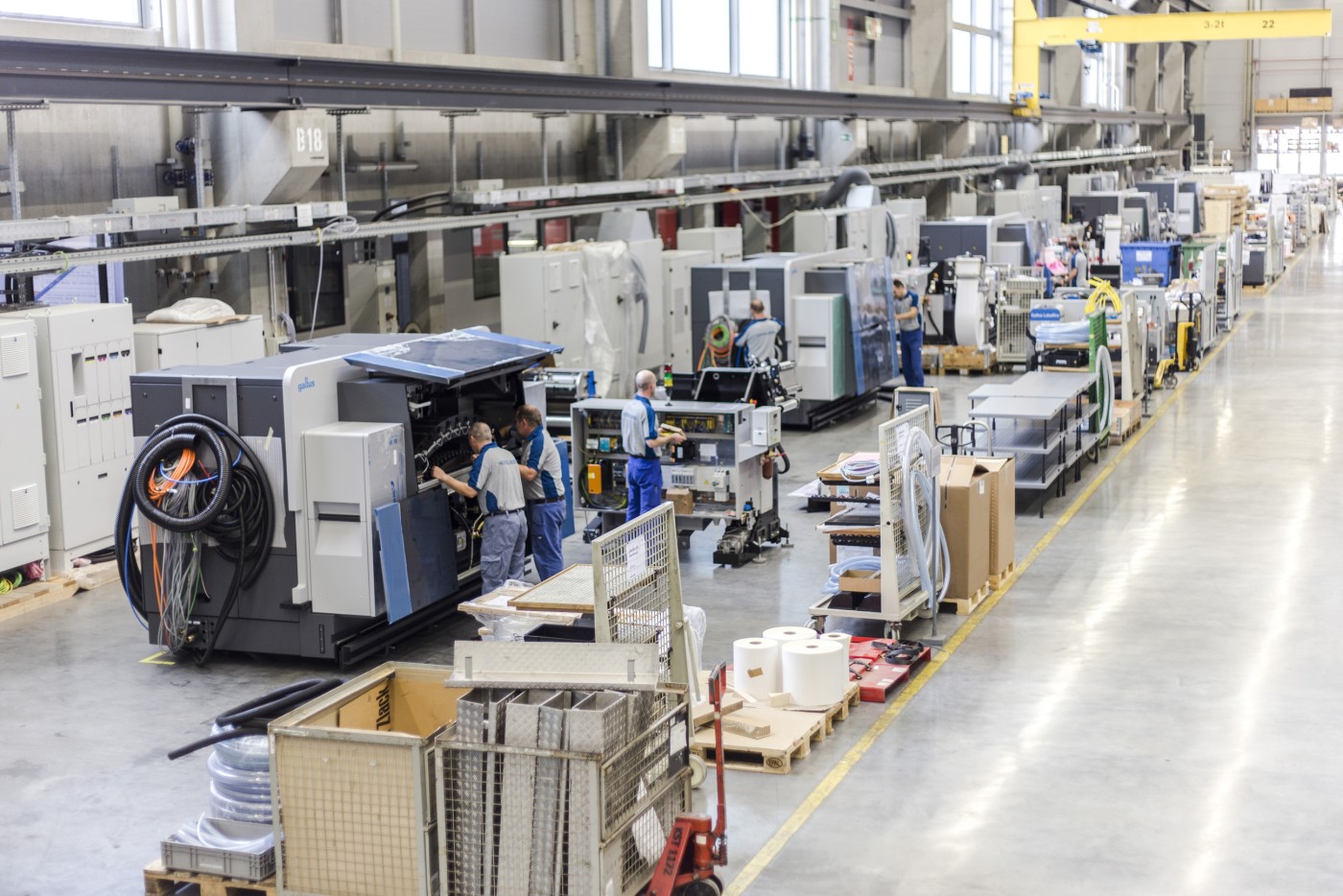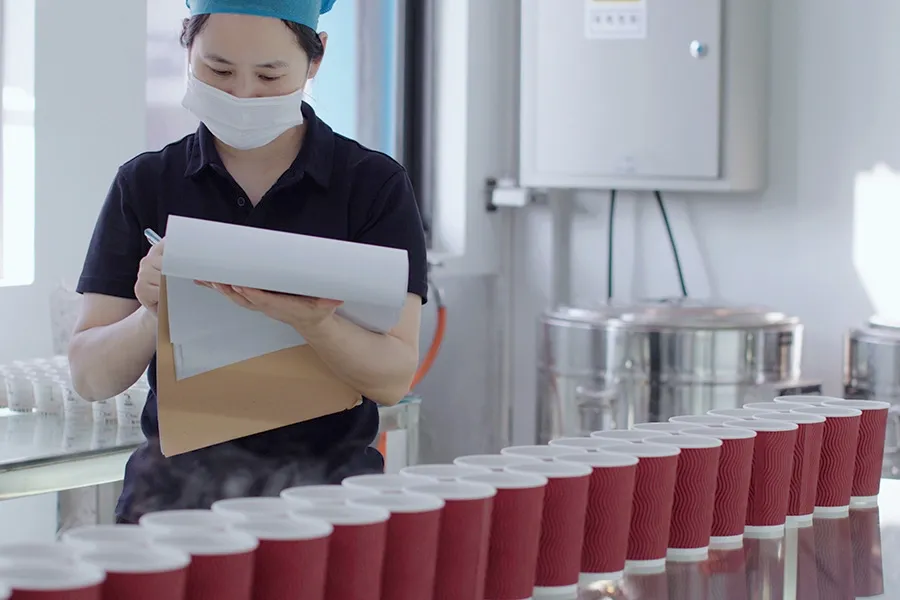Picture a bustling coffee shop on a weekday morning. Customers stream in, grab their paper cups filled with steaming coffee, and rush out to start their day. This scene repeats countless times in offices, parks, and events across the globe.

The humble paper cup has become so integrated into our lives that we barely give it a second thought. But have you ever wondered: How different would our lives be without this simple invention?
The convenience and hygiene benefits we enjoy daily are the result of a revolutionary idea that’s just over a century old. Let’s take a journey back in time to explore how this small invention has shaped our modern world.
Flashback to 1907: The Birth of the Paper Cup
At the dawn of the 20th century, public health was a growing concern. The common practice of using shared “tin dippers” at public water sources was increasingly recognized as a vector for disease transmission.
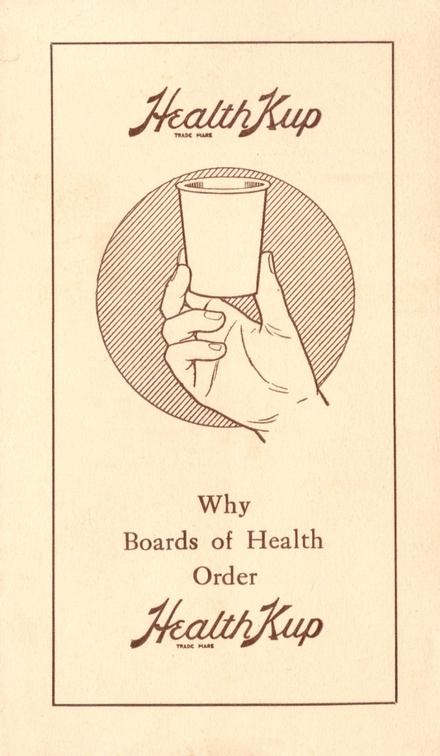
As germ theory gained acceptance, innovators sought ways to improve public hygiene.
Enter Lawrence Luellen, a Boston lawyer with a keen interest in public health. His eureka moment came when he realized that individual, disposable cups could solve the shared drinking vessel problem. Luellen’s first paper cup prototype was a simple, sturdy design made from pure white paper, wax-coated for water resistance.
The Visionaries: Lawrence Luellen and Hugh Moore
Luellen’s legal background gave him insight into the potential impact of his invention on public health. However, it was his partnership with Hugh Moore, a savvy businessman with marketing expertise, that truly launched the paper cup revolution.

Moore saw the commercial potential in Luellen’s invention. Together, they formed the American Water Supply Company of New England, later renamed the Dixie Cup Company. Their complementary skills – Luellen’s inventive mind and Moore’s business acumen – helped them overcome initial skepticism and resistance to change.
From Manual to Machine: Industrializing Production
The early days of paper cup production were labor-intensive, with cups being made largely by hand. As demand grew, it became clear that manual production couldn’t keep up. The challenge of scaling up production led to significant innovations in manufacturing technology.
The development of the first paper cup manufacturing machines was a game-changer. These machines could produce cups at a fraction of the time and cost of manual production. This industrialization not only made paper cups more affordable but also vastly increased their availability, paving the way for widespread adoption.
Cultural Impact: Changing Social Behaviors
The proliferation of paper cups had a profound impact on social drinking habits. The rise of “to-go” culture can be largely attributed to the availability of disposable cups. Office dynamics changed as water cooler conversations became a staple of workplace socialization.
Paper cups also revolutionized event planning and outdoor activities. Picnics, parties, and large gatherings became easier to manage without the need for washing up. This shift towards disposable drinkware also reflected and reinforced a broader societal move towards convenience and efficiency.
Economic Ripple Effects: New Industries Emerge
The paper cup industry didn’t just grow; it spawned entire ecosystems of related businesses. Lid manufacturers, cup sleeve producers, and specialized coating companies all emerged to support and enhance the paper cup market.
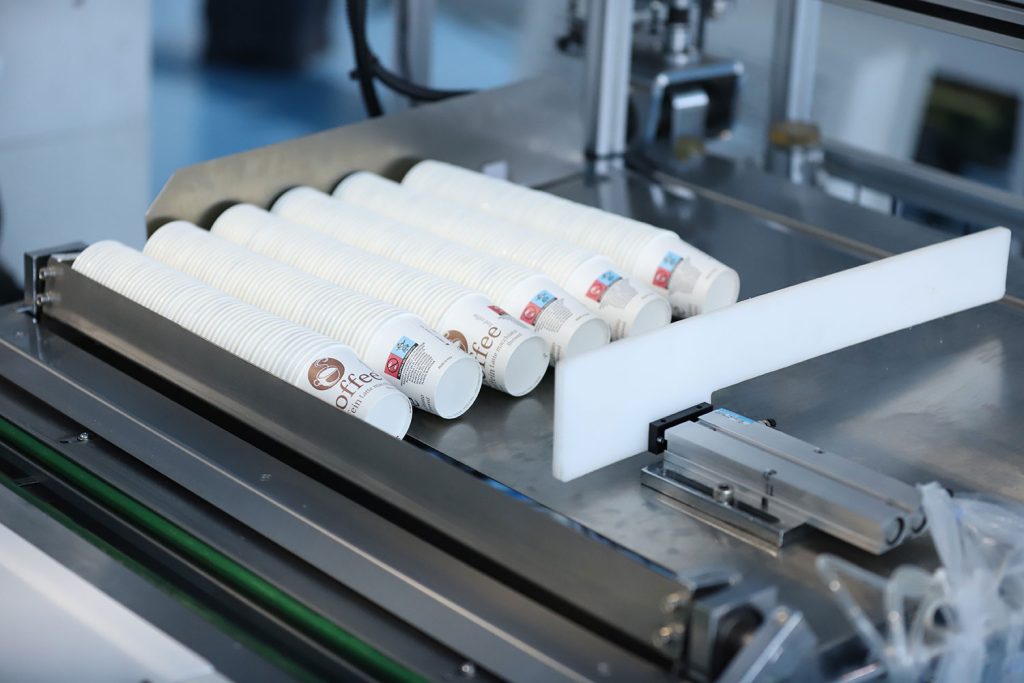
The fast-food and coffee shop industries experienced explosive growth, partly enabled by the convenience of disposable cups. The economic impact extended beyond direct manufacturing, creating jobs in distribution, retail, and even waste management sectors.
Environmental Awakening: The Push for Sustainability
As awareness of environmental issues grew, so did concerns about the impact of disposable cups. This led to innovations in recycling technologies specifically designed for paper cups. Many companies began exploring eco-friendly alternatives, including cups made from bioplastics or fully compostable materials.
Consumer-driven movements towards reusable alternatives have also gained traction, prompting coffee shops and other retailers to offer incentives for bringing personal cups. The paper cup industry continues to evolve, balancing convenience with environmental responsibility.
Innovations Inspired by the Humble Paper Cup
The future of the paper cup is exciting and full of potential. Smart cup technologies that can regulate temperature or even interact with our devices are on the horizon. Advancements in materials science promise cups with better insulation and improved biodegradability.
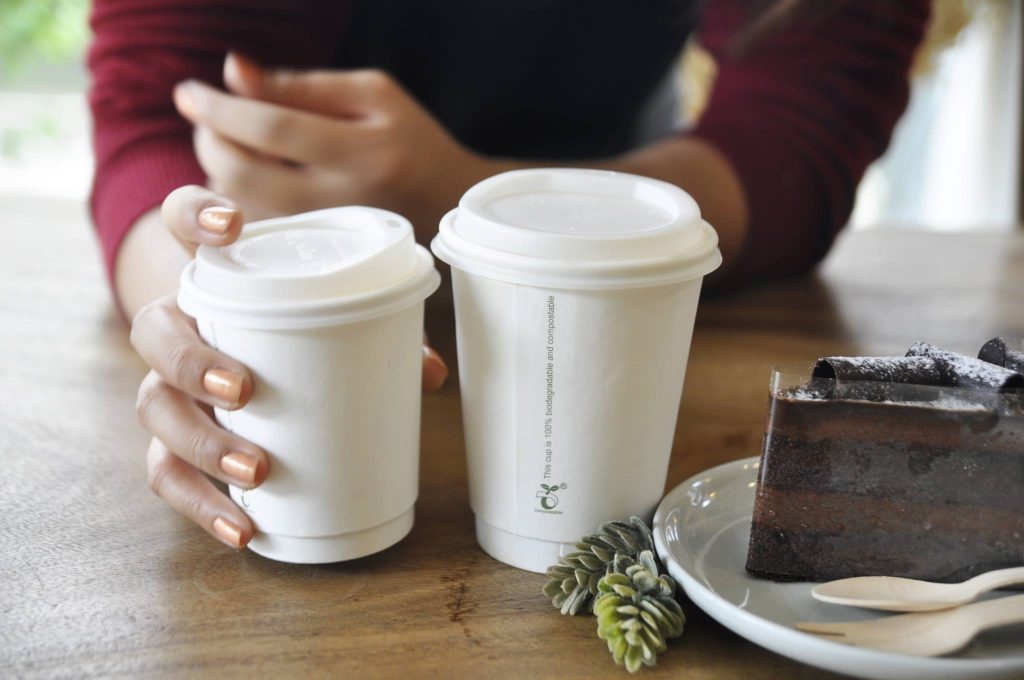
The concept of closed-loop recycling systems for paper cups is gaining traction, potentially revolutionizing how we think about disposable products. As AI and automation continue to advance, we may see even more efficient and sustainable production methods emerge.
Reflection: The Power of Everyday Objects
The journey of the paper cup from a novel invention to a ubiquitous object reminds us of the power of innovation. It encourages us to look at the everyday items around us with fresh eyes, considering their histories and potential futures.
As we reflect on the paper cup’s impact, we’re left to wonder: What current innovation might be shaping our future in ways we can’t yet imagine? The next world-changing invention could be hiding in plain sight, waiting for its moment to transform our daily lives.
Request for Quotation (RFQ):
Are you in the market for high-quality paper cups? We offer a wide range of options to meet your specific needs. To receive a customized quote, please provide the following information:
1. Quantity required
2. Cup size (oz/ml)
3. Single or double-wall construction
4. Custom printing requirements (if any)
5. Lid type preference
6. Delivery location and timeline
Contact us today for competitive pricing and exceptional customer service!
FAQ
When did paper cups become common?
Paper cups became common in the 1920s and 1930s, with widespread adoption accelerated by the 1918 Spanish flu pandemic. The demand for more hygienic alternatives to shared drinking vessels drove their popularity. By the 1950s, paper cups were ubiquitous in American life, particularly with the rise of fast-food culture.
Did China invent paper cups?
While China invented paper around 100 BCE, they did not invent the modern paper cup. The disposable paper cup as we know it today was invented in the United States in 1907 by Lawrence Luellen. However, China’s early paper-making technology was crucial in laying the groundwork for future paper-based inventions, including cups.
When was the coffee cup invented?
The first paper cup specifically designed for hot beverages like coffee was invented in the 1930s by the Dixie Cup Company. This cup featured a plastic coating to prevent leaks and maintain heat, making it suitable for coffee. This innovation significantly boosted the use of paper cups in cafes and homes.
Who created the paper cup?
The paper cup was created by Lawrence Luellen, a Boston lawyer, in 1907. Motivated by public health concerns, Luellen invented a disposable, single-use cup made of paper to replace shared drinking vessels. He later partnered with Hugh Moore to form the company that would become Dixie Cup, revolutionizing public drinking habits.ntitled


